Find a sale on a favorite veggie? Buy too much of something and worried it will go bad before you can use it? No problem. Learn to freeze vegetables, fruits, and herbs to extend your purchase.
Want to save this post?
Enter your email below and get it sent straight to your inbox. Plus, I'll send you budget recipes and money-saving tips every week!
We all know that you can make a meal and freeze it. Making freezer meals is a great way to save time, money, and effort in the kitchen.
But, what about freezing the ingredients themselves?
Sure, you can freeze milk. You can freeze yogurt. But, have you ever considered you could freeze vegetables, fruits, and herbs?
You might wonder why you’d want to do that since you can buy those things prepped and ready in the freezer section of the grocery store. Why bother?
True. true.
But, sometimes you find a great sale on a favorite vegetable. Or you overbuy and realize it will go to waste unless you do something stat. Maybe you have a teeming garden and want to preserve your harvest.
Whatever the reason, know that you, too, can freeze vegetables yourself, as well as fruits and herbs.
How do I Freeze Vegetables, Fruits, and Herbs?
In this post you’ll find directions to freeze vegetables, fruits, and herbs of all kinds. While not exhaustive, it will get you going in the right direction in terms of what fresh produce you can “put up for later” as our grandmothers used to say.
There are different processes for freezing different vegetables and fruits in order to preserve their taste and texture. Just chucking it in the freezer will not always work. Despite what Pinterest tells you.
The processes narrow down to three basic techniques:
- Wash, dry, slice (if necessary), and lay out the item on a lined tray. “Flash freeze” until firm and then package in freezer-safe bags or containers.
- Wash, slice, and treat with lemon juice and/or sugar before packing in freezer-safe bags or containers.
- Wash, chop, and blanch and shock the vegetable before packing in freezer-safe bags or containers. Blanching is the process of cooking it in boiling water for a few minutes in order to stop the enzyme activity that leads to decay. As soon as the blanching time is ended, you will shock the items by plunging them into an ice water bath. Pat them dry on toweling and then pack for freezing.
Please remember that the texture of fruits and veggies will change under freezing. They will be good for cooking, baking, and smoothies, but not what you might want for fresh eating.
How to freeze apples:
Wash, peel, core, and slice the apples. Toss them with lemon juice and sugar before storing in ziptop freezer bags or containers.
Alternatively, you can cook the apples down into Homemade Applesauce or assemble a few batches of Slab Apple Pie with Easy Crumb Topping and freeze that. You’ll have a yummy snack or dessert at the ready!
How to freeze apricots, nectarines, peaches, and plums:
Wash, peel, pit, and slice the fruit. Toss slices with lemon juice and sugar before storing in ziptop freezer bags or containers.
How to freeze artichokes:
I think fresh artichokes are best eaten fresh. Due to the time involved to prep them for freezing or canning, you may be better off buying frozen or canned hearts when called for in recipes.
However, if you have a glut of fresh artichokes and not enough time to eat them, you can blanch the hearts for 7 minutes in hot water, shock, drain, and freeze in an airtight container. You’re pretty much stuck eating a lot of leaves fresh, though.
How to freeze asparagus:
Wash and trim the asparagus spears. Blanch the spears in hot boiling water for 1 ½ to 3 minutes, depending on their size. Shock, drain, and freeze in an airtight container.
How to freeze basil, cilantro, and other fresh herbs:
Wash and pat dry the herb leaves. Chop them finely and mix with a small amount of olive oil. Freeze in dollops on a lined tray until firm. Pop them off and store in a ziptop freezer bag or container.
How to freeze blueberries:
Wash and pat berries dry. Pack them in airtight containers, but if you’d like to use just a few at a time, freeze them in a single layer on a lined tray. Once frozen solid, transfer the berries to a ziptop freezer bag or other container and store in the freezer.
How to freeze broccoli and cauliflower:
Wash and chop into florets. Blanch 3 minutes, shock, drain, and freeze in an airtight container.
How to freeze carrots:
Wash, peel, and chop carrots. Blanch 3 minutes, shock, drain, and freeze in an airtight container.
How to freeze celery:
Wash and chop celery. Freeze them in a single layer on a lined tray. Once frozen, transfer to a ziptop freezer bag or other container and store in the freezer.
How to freeze chard:
Blanch the washed leaves for about 60 seconds, shock, drain, and freeze in an airtight container.
How to freeze chiles and peppers:
Chiles and sweet bell peppers can be frozen freshly chopped and sliced or roasted and left whole, chopped, or sliced. However you choose to prepare them, be sure to freeze them in small portions so you don’t have to thaw a large portion in order to use the amount you want.
How to freeze cherries:
Sugar pack – Mix 1 cup sugar with 4 cups washed and pitted cherries. Pack into airtight containers and freeze.
Dry pack – Wash and pit the cherries. Pat them dry. Lay them out on a lined baking sheet and open freeze. Once frozen hard, pack them in labeled, ziptop bags.
How to freeze eggplant:
Wash, peel, and slice thickly. Blanch 4 minutes in a mixture of hot boiling water and lemon juice to help retain color. Cool, drain, and store in ziptop freezer bags or containers.
How to freeze grapefruit, lemons, limes, and oranges:
Yes it is possible to freeze lemons (and other citrus) – just not whole. Wash and dry the citrus fruits. Remove the zest and spread it out on a lined tray. Freeze until firm and then transfer to an airtight container in the freezer. This allows you to easily remove just a teaspoon or two for your recipes.
Next juice the zested fruit and store the juice in small airtight containers in the freezer. You can also freeze the juice in ice cube trays. Once frozen, transfer the cubes to another container and store in the freezer.
Citrus slices can be frozen in muffin tins or ice cube trays of water to make lemon cubes (or lime cubes, etc.)
How to freeze green beans:
Wash and trim. Blanch for 3 minutes. Cool, drain, and pack into ziptop freezer bags or containers.
How to freeze kiwi:
Peel and cut kiwi into slices. Pack into airtight containers and freeze.
How to freeze leeks, onions, and mushrooms:
Clean and chop the leeks, onions, and mushrooms. Pat dry and freeze them on a lined tray. Once they are frozen, transfer them to a labeled, ziptop freezer bag and store in the freezer.
How to freeze melon:
Freeze balls or cubes of melon in ziptop freezer bags or plastic containers.
How to freeze peas:
Blanch 2 minutes, shock, drain and store in airtight containers in the freezer.
How to freeze potatoes:
Red, waxy potatoes tend to hold up better under freezing. Uncooked potatoes will turn black when frozen. Blanch 3 to 5 minutes, drain, cool, and pack into airtight containers.
Alternatively, prepare the potatoes into recipes that contain a fair amount of butter, oil, or cream, such as Make Ahead Mashed Potatoes or stuffed potatoes. Cool, wrap, and freeze.
Check out this post for more details on freezing potatoes.
How to freeze pumpkins and butternut squash:
Prepare a pumpkin or squash puree. Divide it into airtight containers. Chill completely before storing in the freezer.
How to freeze tomatoes:
Freeze tomatoes cooked in a puree or sauce rather than whole.
How to freeze spinach and kale:
Frozen spinach won’t be good for salads, but it works well in smoothies and in cooked dishes. Blanch heartier varieties for about 1 minute, shock, drain, and package in airtight containers. Baby spinach can be frozen simply bagged in small, ziptop freezer bags. Be sure to remove the air from the bag.
How to freeze strawberries:
Wash, core, and pat the strawberries dry. You can pack them in airtight containers, but if you’d like to use just a few at a time, freeze them in a single layer on a lined tray. Once frozen solid, transfer the berries to a ziptop freezer bag and store in the freezer.
How to freeze sweet corn:
Wash the corn and remove any strings.
For freezing on the cob: blanch 6 to 10 minutes, longer for longer cobs. Cool, drain, and wrap in plastic. Store in ziptop freezer bags.
For freezing off the cob: blanch 5 minutes. Cool, drain, and cut from the cob. Package into freezer bags or airtight containers and freeze.
How to freeze zucchini:
Wash and slice zucchini. Blanch for 3 minutes. Cool and pack into ziptop freezer bags or containers. Freeze.
Alternatively, you can freeze shredded zucchini for baking. However, you will need to drain and squeeze the zucchini dry before using it in recipes.


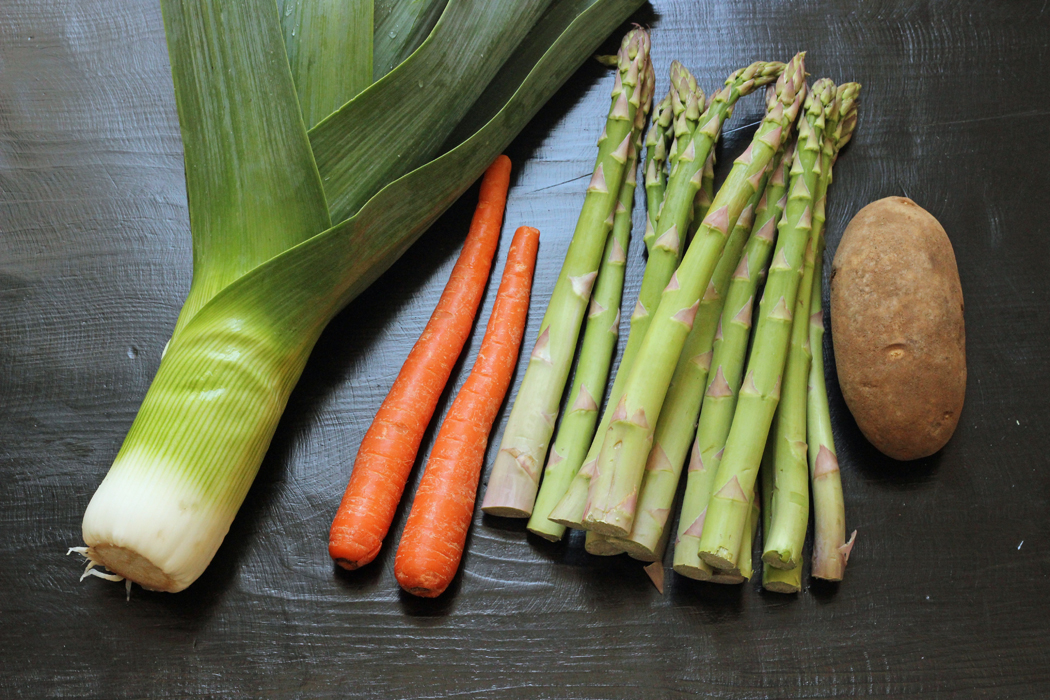
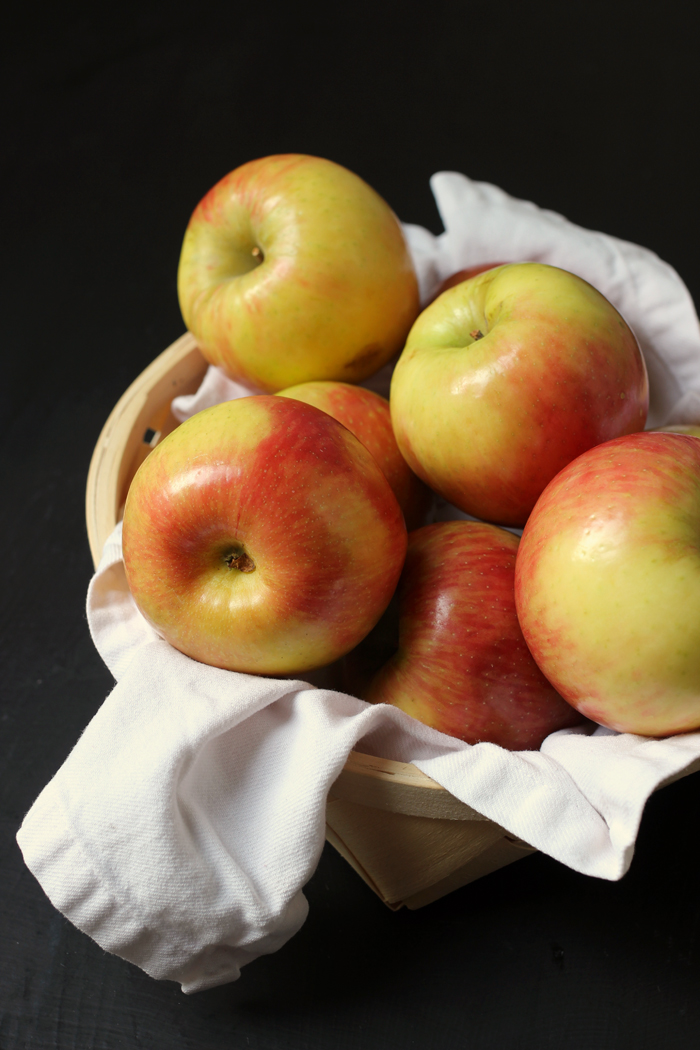
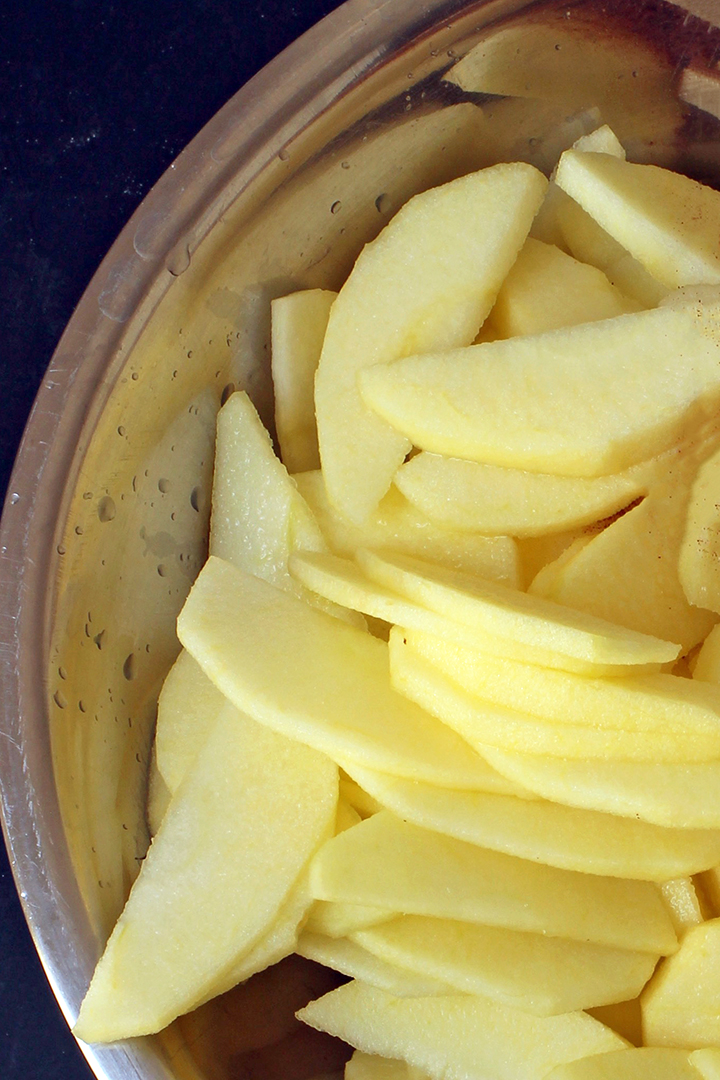
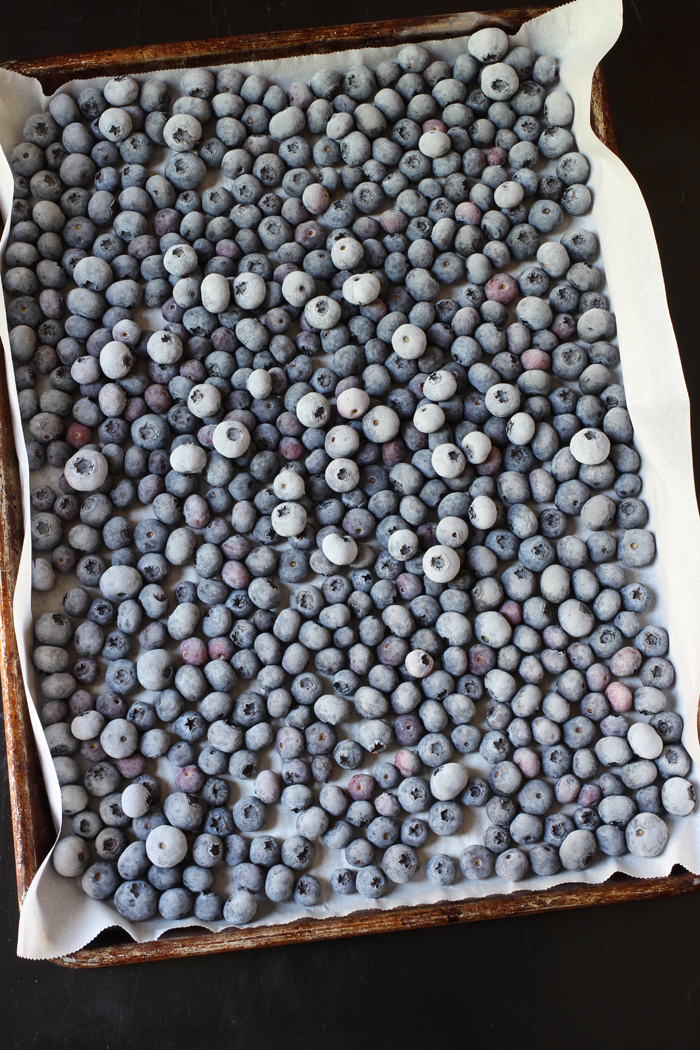
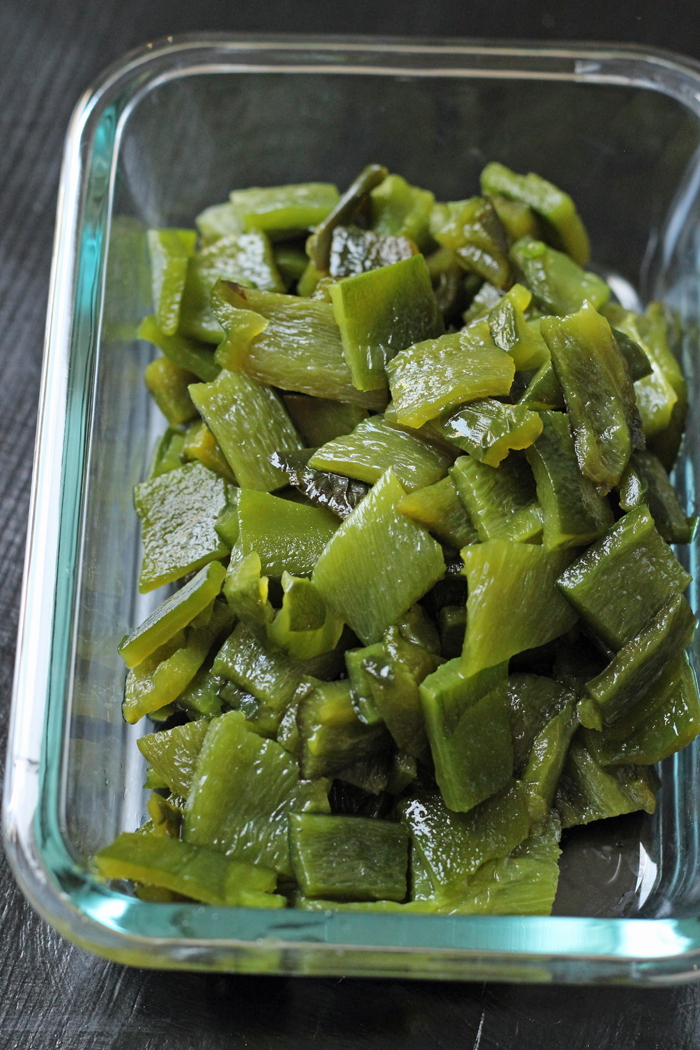
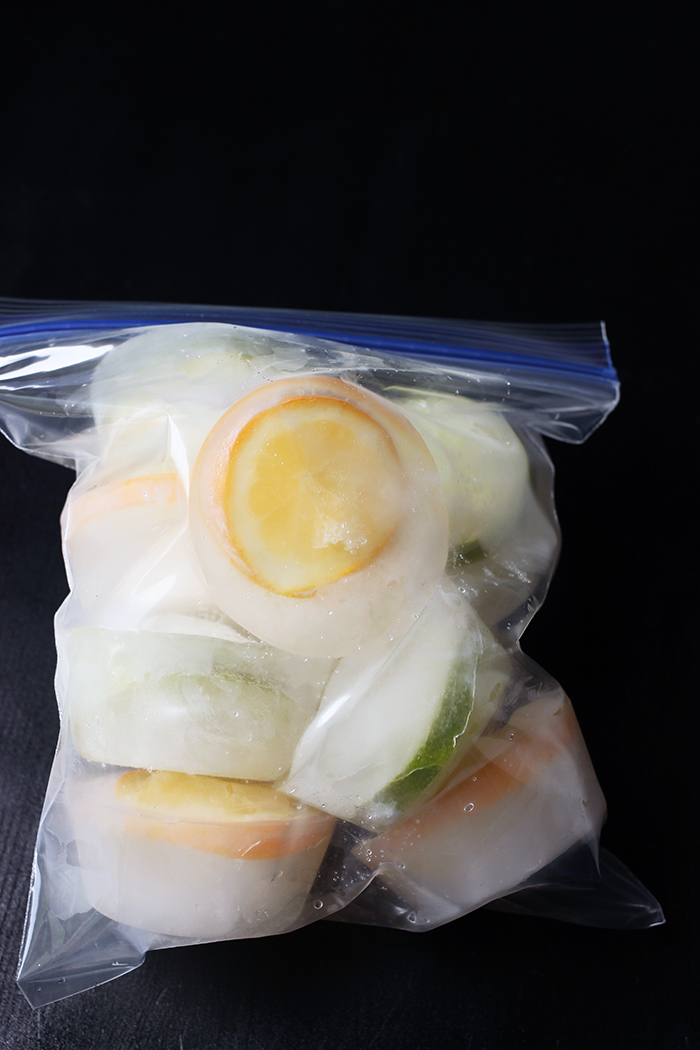
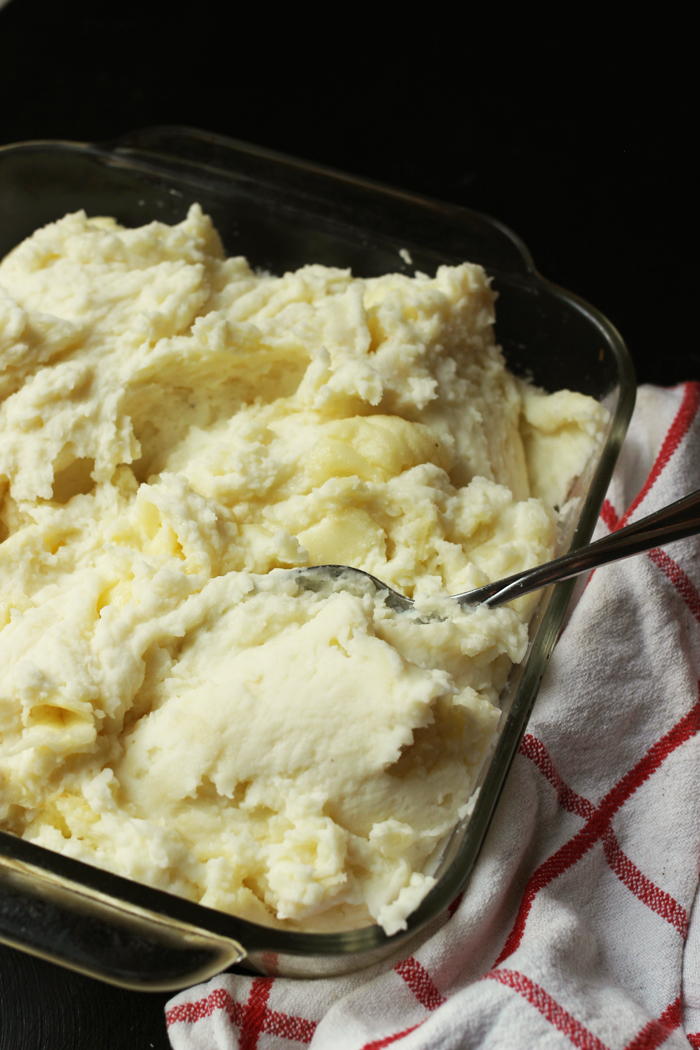
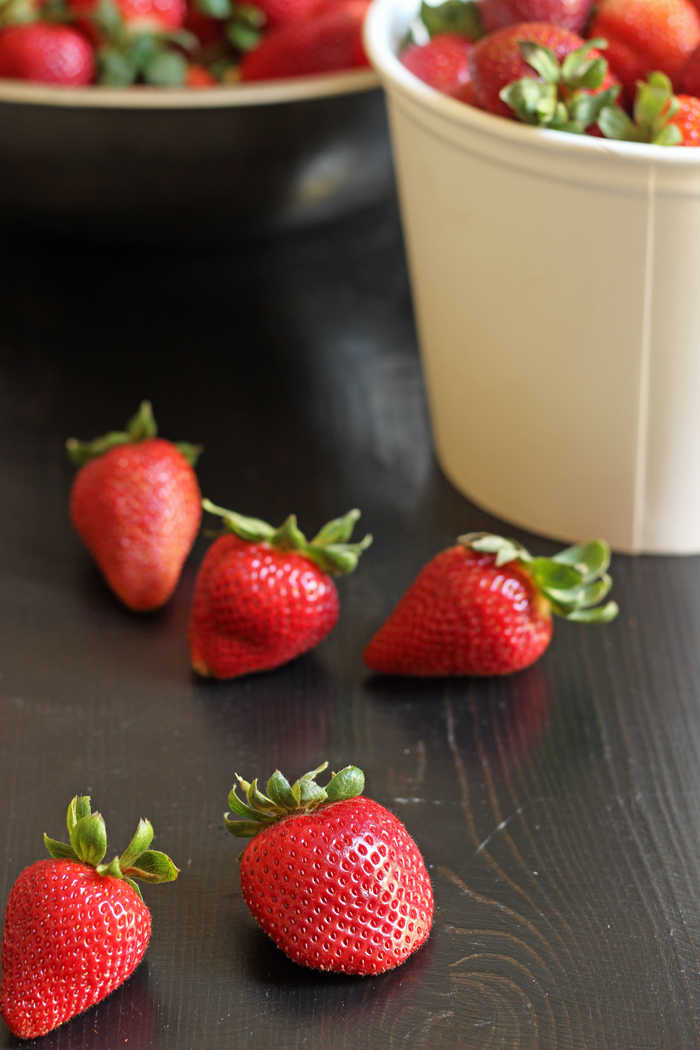

Emilia
This might sound like a silly question, but what is the best way to use the frozen zucchini–defrost and cook afterwards. When I buy frozen zucchini, the result is always limp mushy thing…
Jessica Fisher
Zucchini is really fussy. It won’t be crisp again after freezing. I usually cook from frozen.
Emilia
Since I asked this question I watched a video about freezing zucchini. This lady shreds and then freezes it. I did just that and froze it in packages of 1 cup each. I put in soups a few minutes before ready and it works well. I imagine it would work well also for zucchini breads. Love your site, Jessica!
Jessica Fisher
Yes! If you use it for baking, be sure to squeeze it dry really well. Otherwise the liquid content in the recipe will be off. Shredded gets pretty soggy.